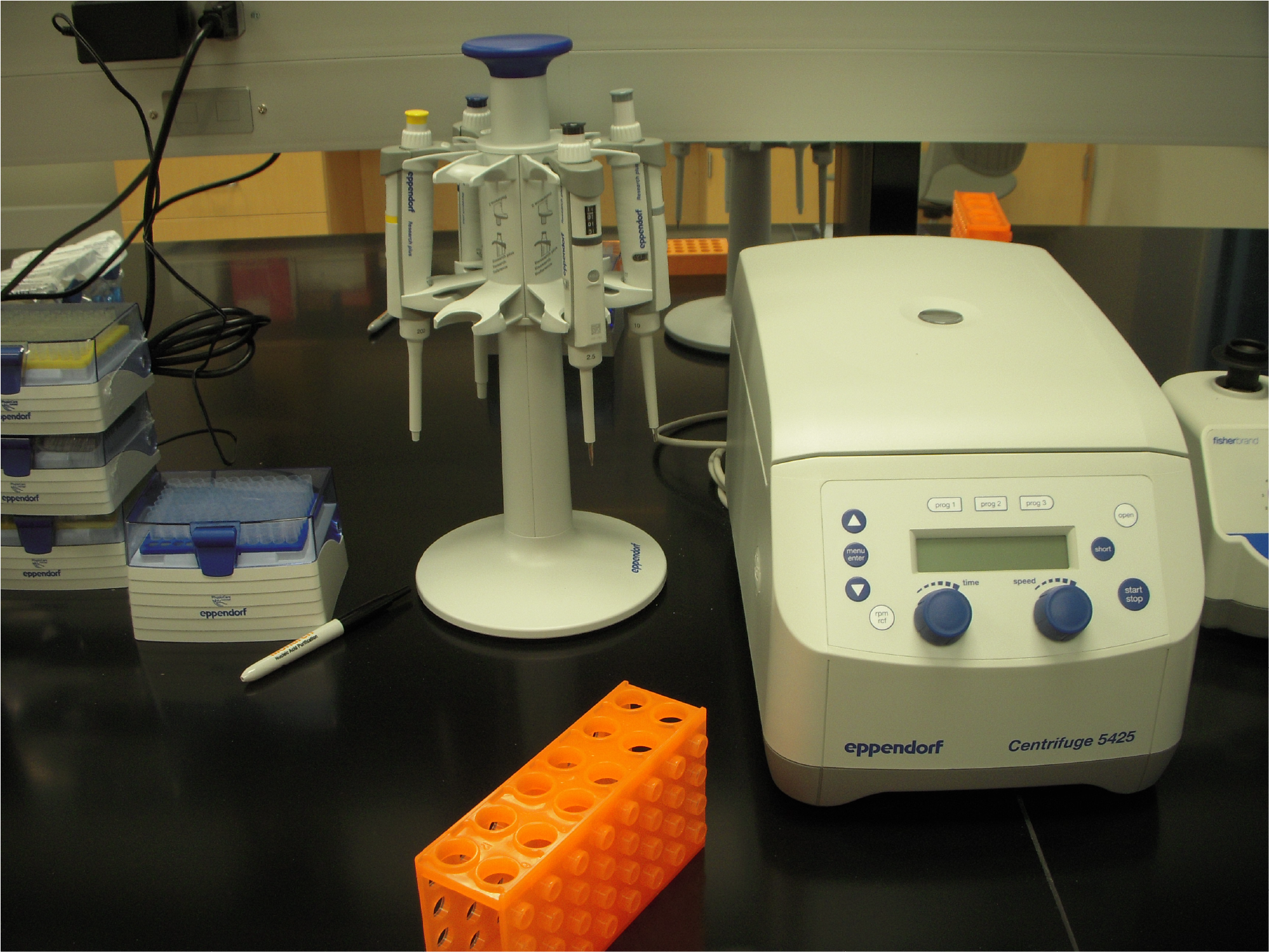1/22/2021 – We discussed Yu et al.‘s recently published paper suggesting that RNA structural intermediates may be recognized by RNA processing machinery and that the transitional landscape of folding should be considered for regulation and function from the Lucks lab. Realistic molecular dynamic simulation of RNA molecules remains difficult, however, simulations can provide insight into the biology of RNA structure. Yu, et al.’s paper addresses some very tricky questions on co-transcriptional folding and how structures evolve during transcript to result in their final mature form. The R2D2 (reconstructing RNA dynamics from data) method uses experimental SHAPE data during impaired transcription to capture structures of progressively longer transcripts. The authors took this to the next step and performed molecular dynamic simulations on these structural stages. They delve deep into the maturation of the SRP RNA. The highlight I took from this paper is that key nucleotides that influence the final RNA structure may not be those that form a long hairpin, but the nucleotides that stabilize or destabilize intermediary structures. More work is needed to understand how the lessons from SRP apply to other RNAs and how to identify key nucleotides. In particular, I’d be interested in learning more about the conservation of nucleotides that participate in intermediary structures and whether variants in intermediary positions are associated with human disease.
Upcoming (1/29/2021) – First data presentation in the lab! Luke Hatfield will present an overview of his projects since he joined in early December.



